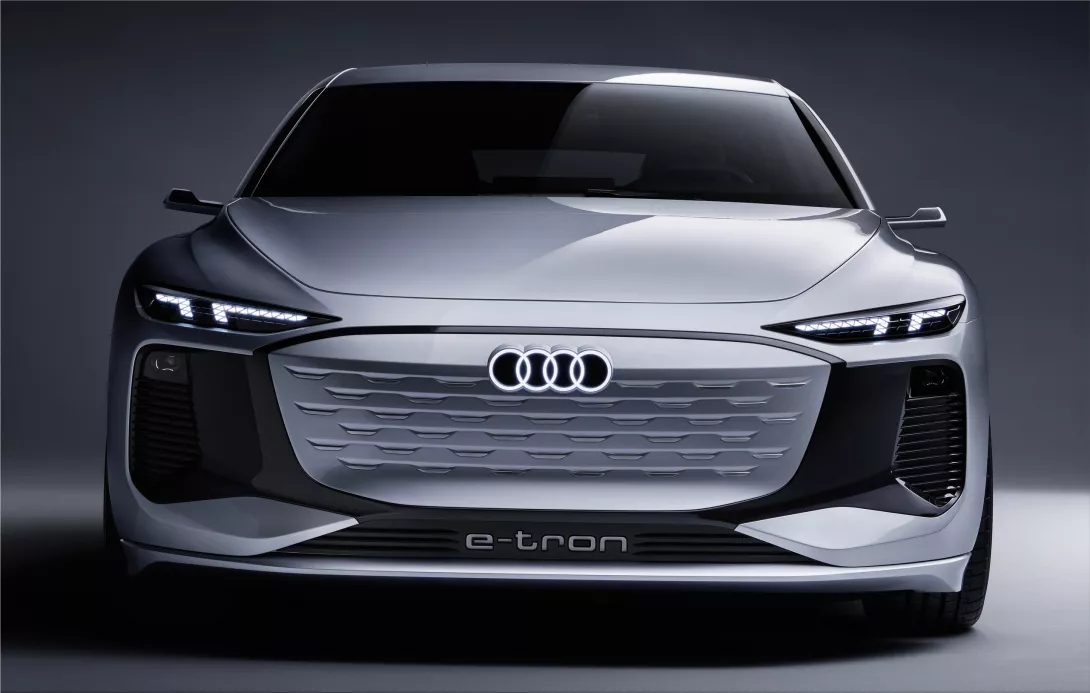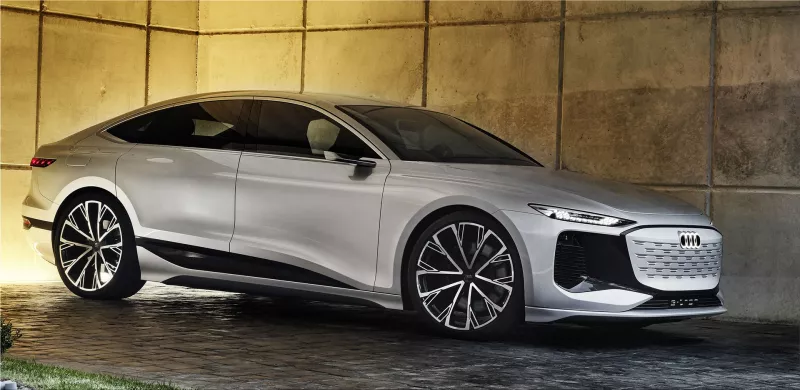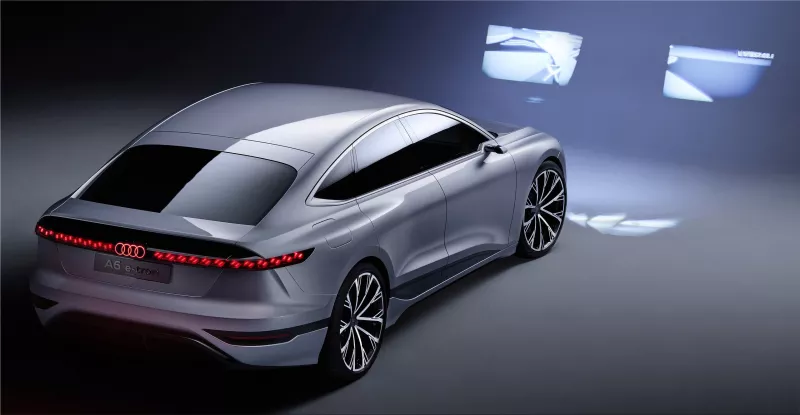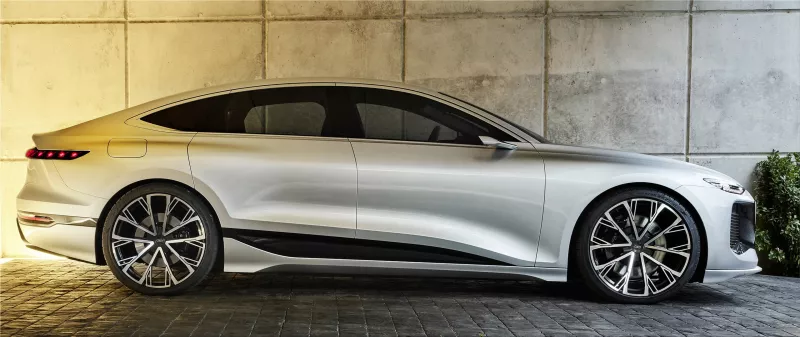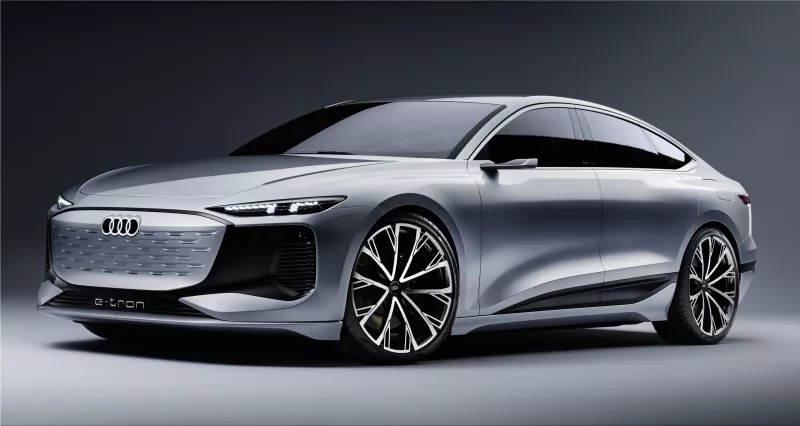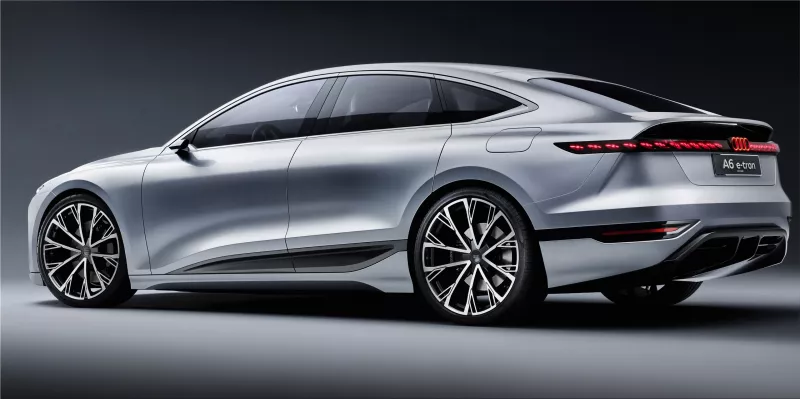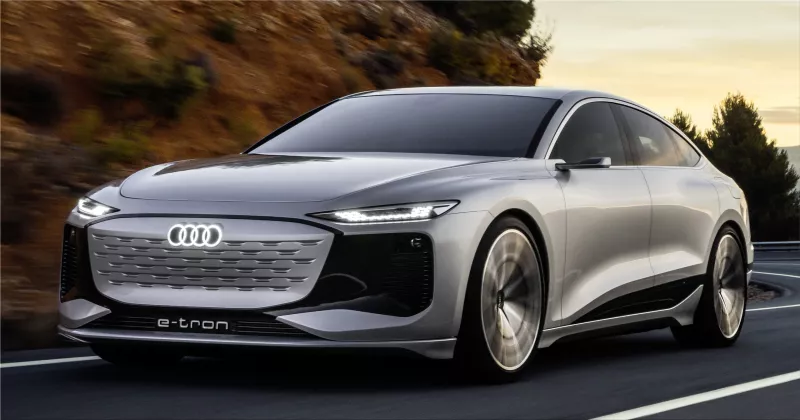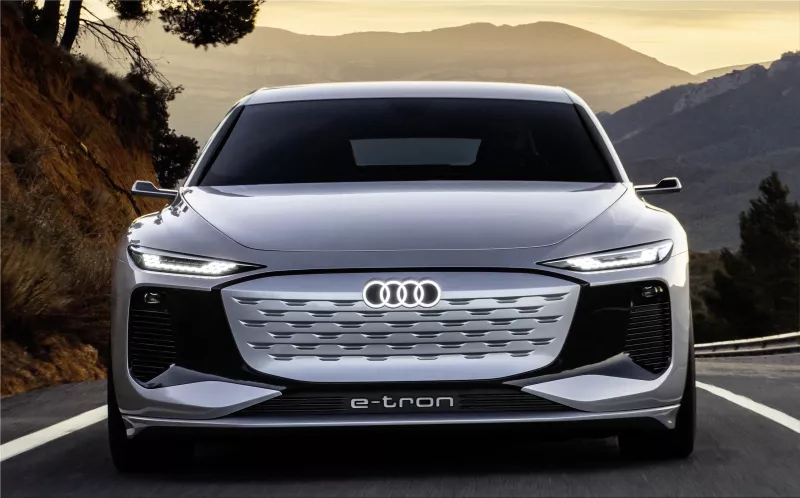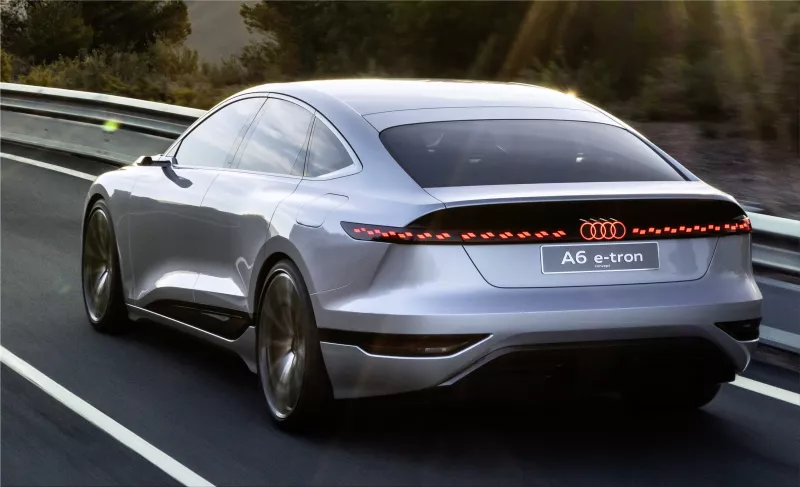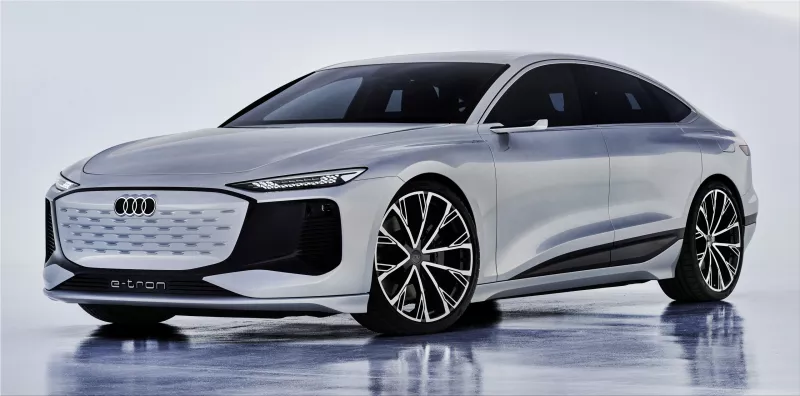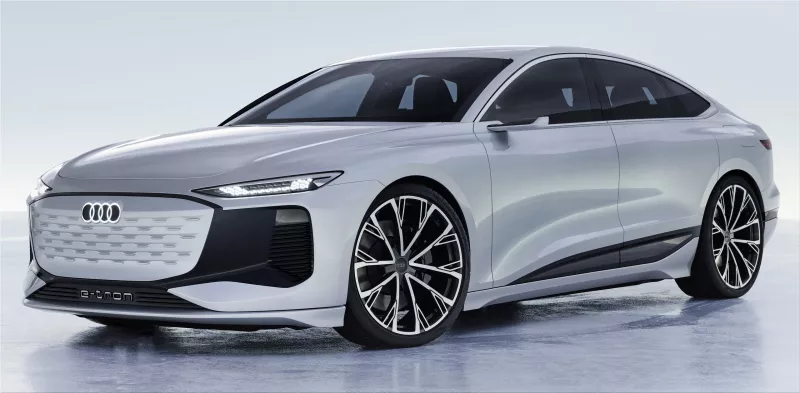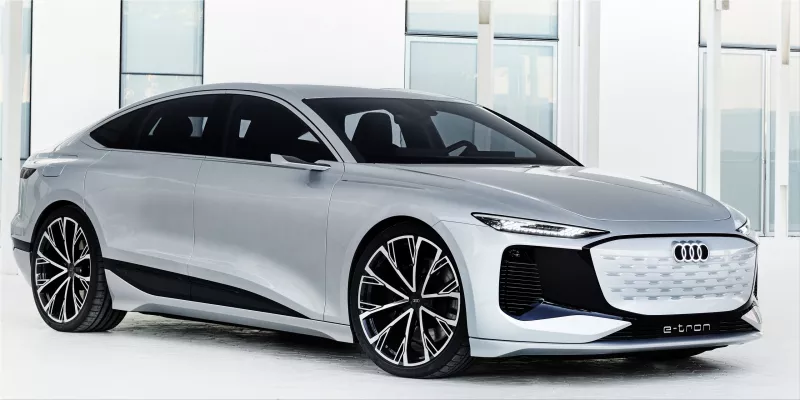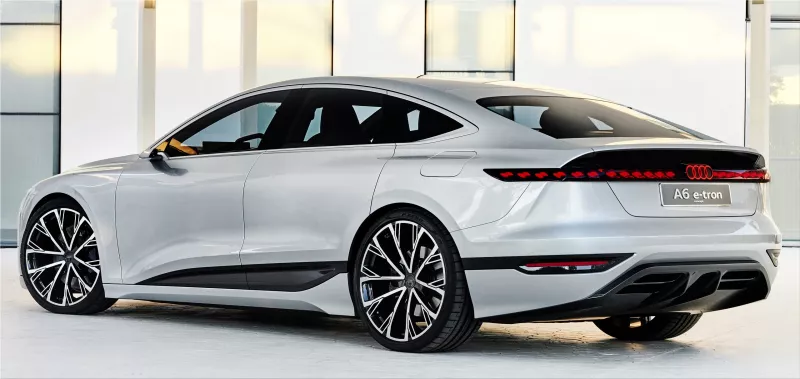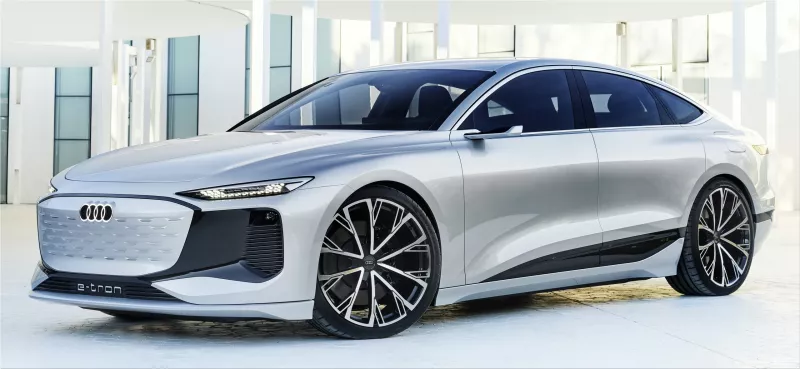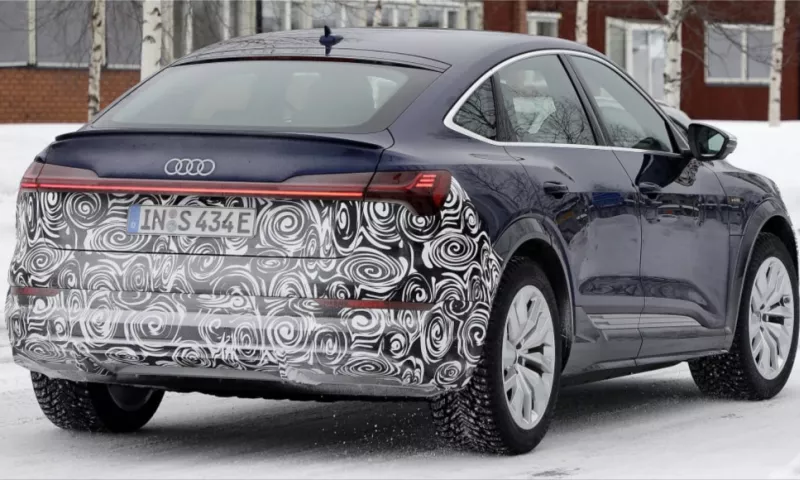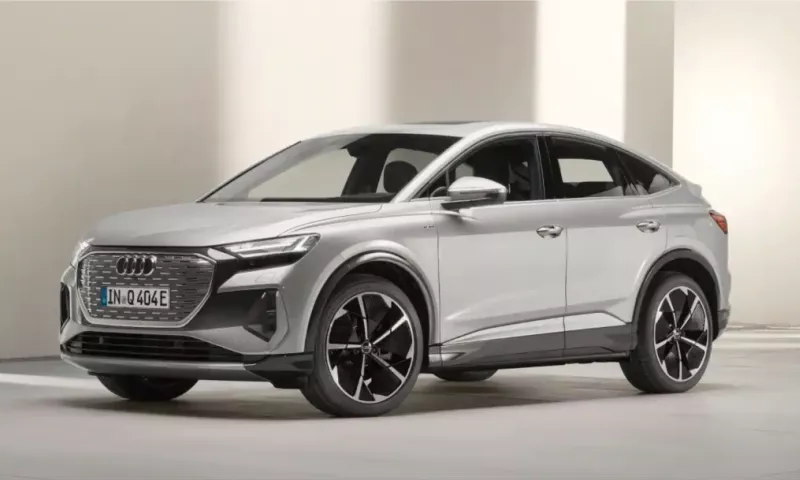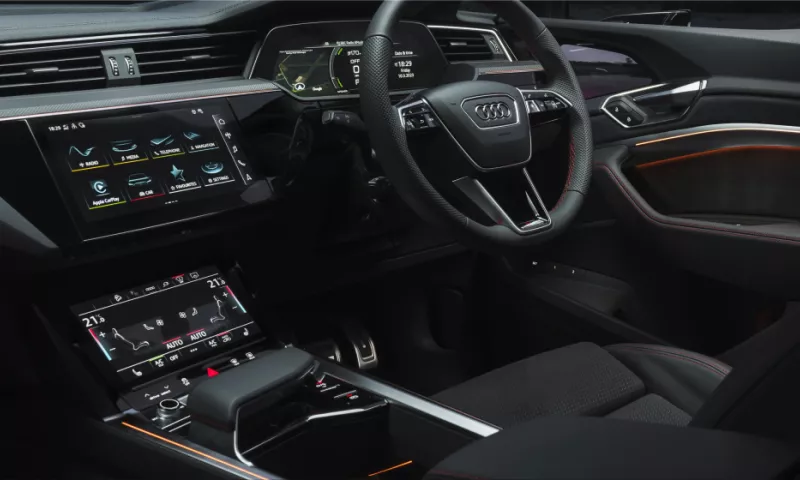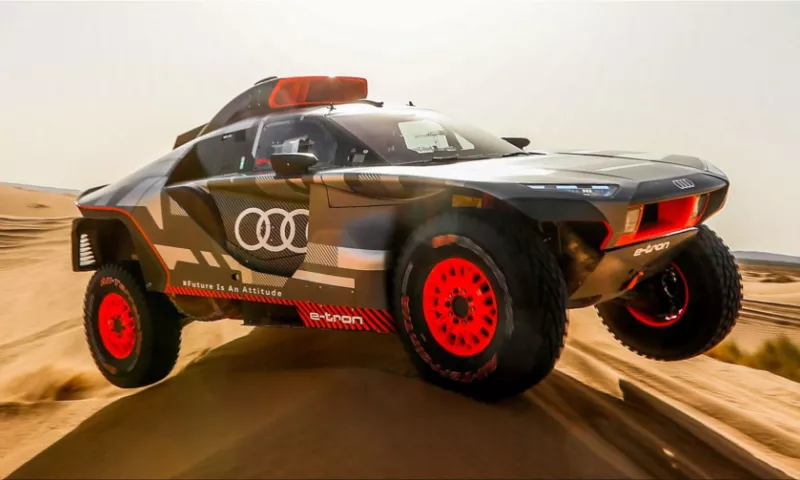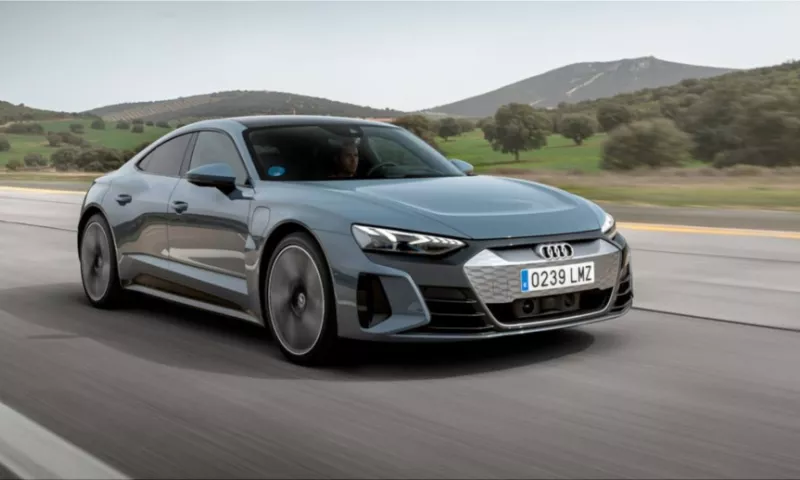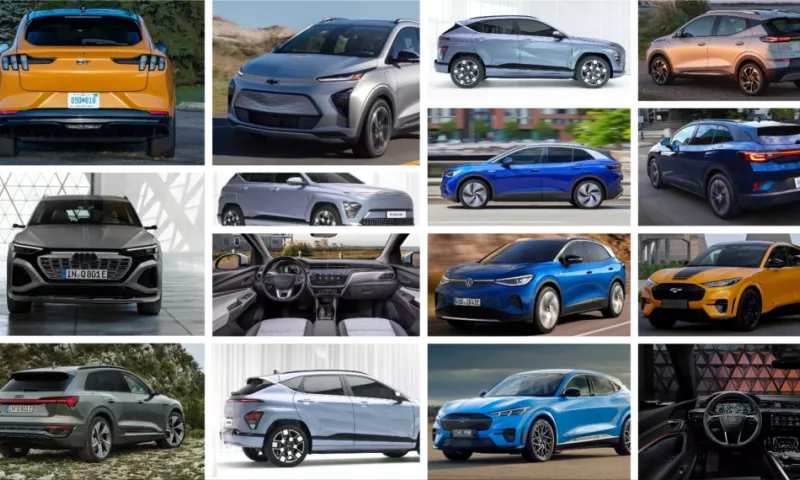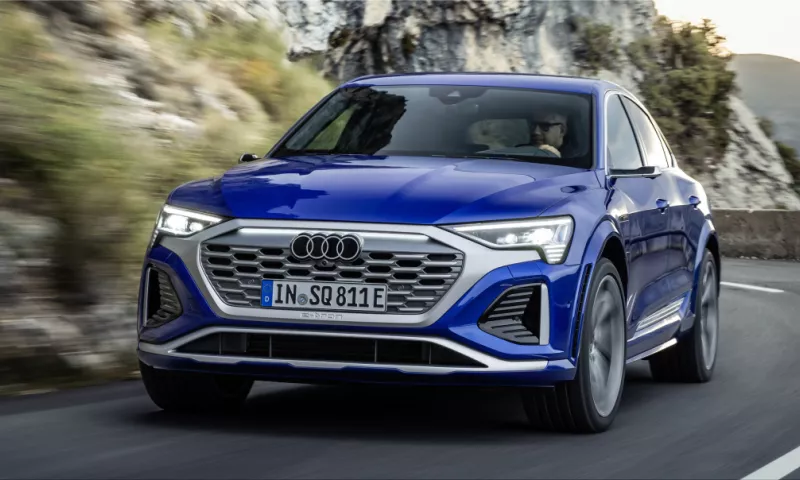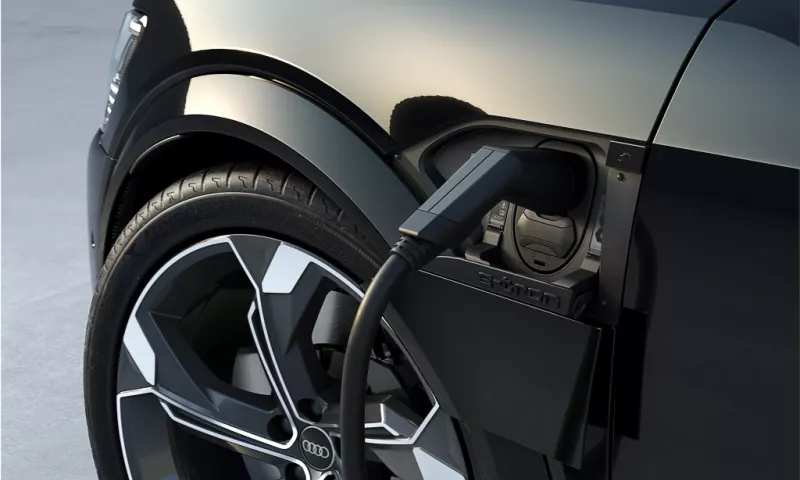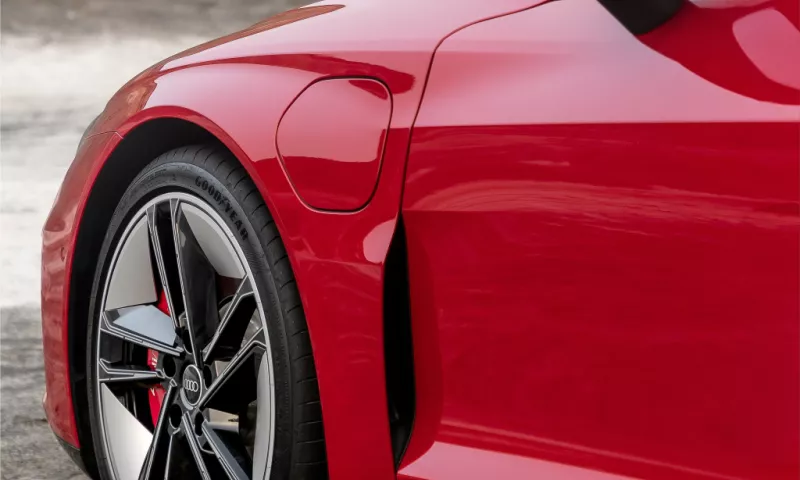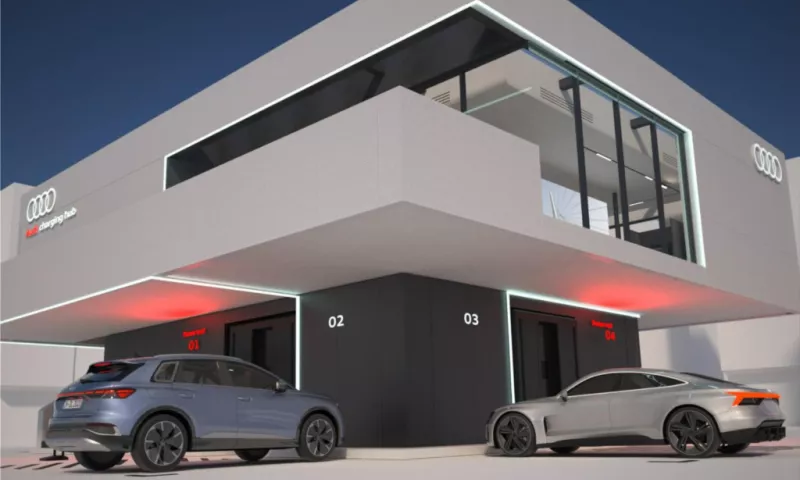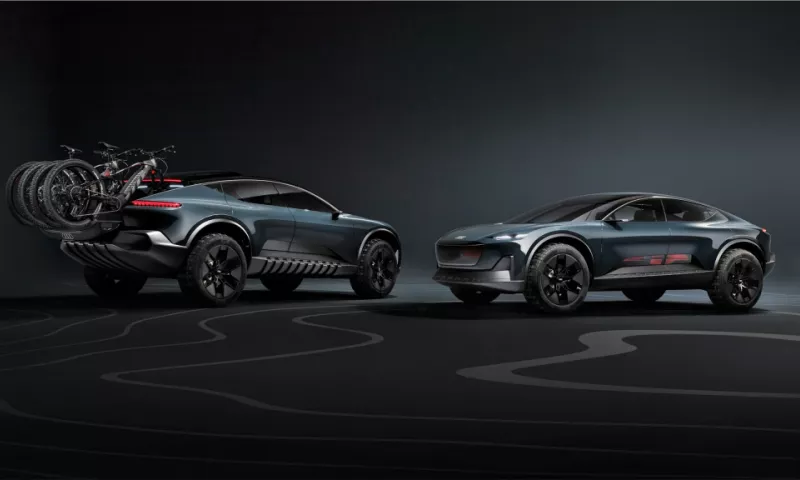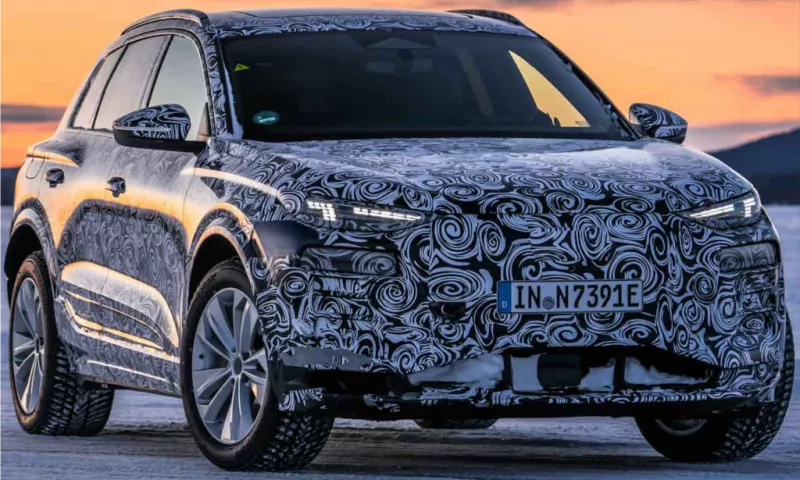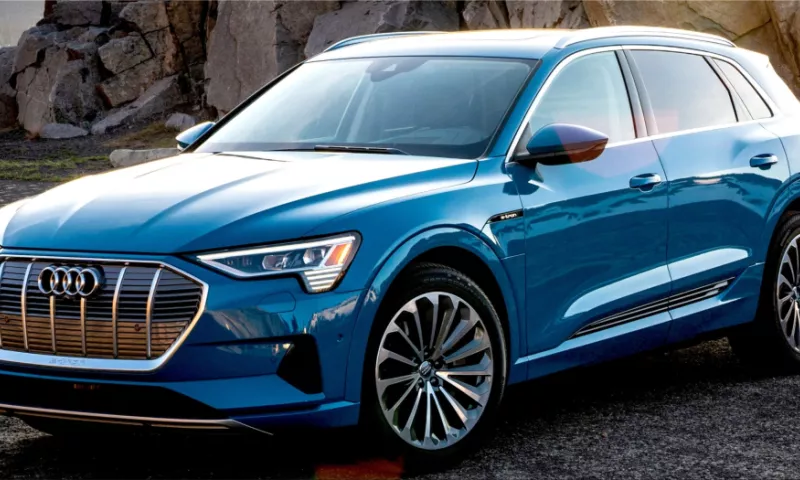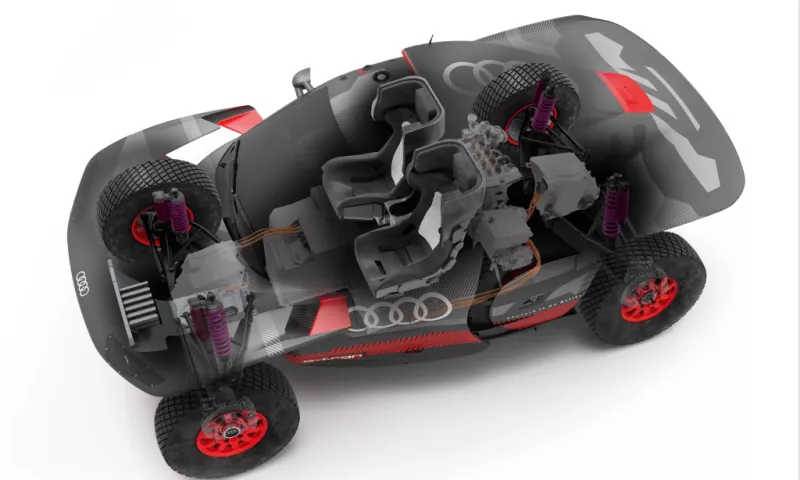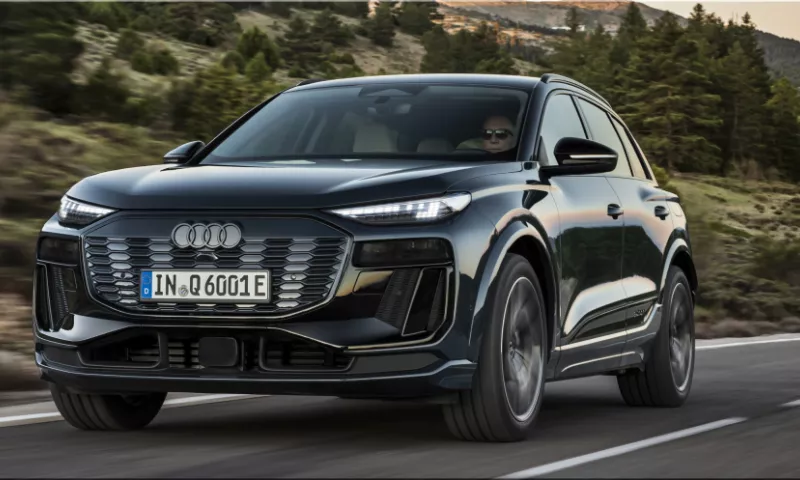The Audi A6 e-tron electric car concept was presented at the trade fair in Shanghai. The Audi A6 already has a history of electrified powertrains, starting with a hybrid version back in 2011. The current Audi A6 TFSIe was launched in 2019 with a plug-in hybrid driveline now has an electric range of up to 68 kilometres (WLTP).
The Audi A6 e-tron concept is a 100% electric car and is based on the future PPE platform developed by Audi. The 4.96 meters long, 1.96 meters wide and 1.44-meter high concept car is designed as a Sportback, and its lines reflect the development of Audi's current design language. The Audi A6 e-tron concept presented in Shanghai is far more than just a simple design exercise - its exterior design is a foretaste of Audi's future series-production models. It provides clear indications of how dynamic and elegant the electrically powered luxury class will look from the brand.
The PPE technology will guarantee that what the electric car's lines suggest is translated into dynamic driving characteristics and suitability for everyday use. Concretely, this means that depending on the driveline and model version, an Audi A6 e-tron electric car is expected to reach a range of more than 700 kilometres (WLTP), and the fastest members of the new family will go from 0 to 100 km/h in less than four seconds.

